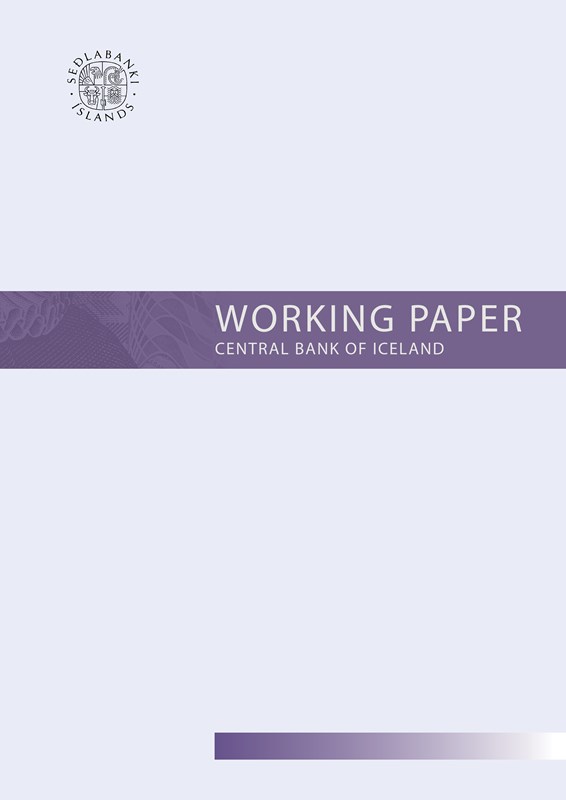Working Paper no. 75: The Central Bank of Iceland's approach to stress testing the Icelandic banking system

No. 75
Date: September 2017
Authors: by Eliisa Kaloinen, Jón Magnús Hannesson, Önundur Páll Ragnarsson, Harpa Jónsdottir and Eggert Thröstur Thórarinsson
Subject:
The Central Bank of Iceland has published a new working paper describing the framework and process of its annual stress test. The paper also explains how the stress scenario is designed and discusses main aspects of Central Bank´s stress testing model.
Stress testing banks is a way of examining the potential impact of hypothetical stress scenarios on the banking system and the institutions within it. Disclosure of stress tests, their results and methodology, can improve public understanding of risks related to the banks. It can also improve prudential policy-making, thereby increasing its effectiveness and credibility. The Central Bank of Iceland started the development of its current stress testing program in 2013. The stress test and its results were first published in 2015. The stress scenario is designed with regard to the Central Bank of Iceland’s assessment of current risks to financial stability in Iceland. In assessing the results of the stress scenario’s impact on commercial banks’ balance sheets and profitability, the Central Bank uses a stress testing model of its own devising. It also issues general guidelines to the banks on how they should run the stress test, though using their own models and data. The stress tests are used in assessment of risks to financial stability, and also as a reference when decisions are made in connection with macroprudential tools, such as capital buffers.
